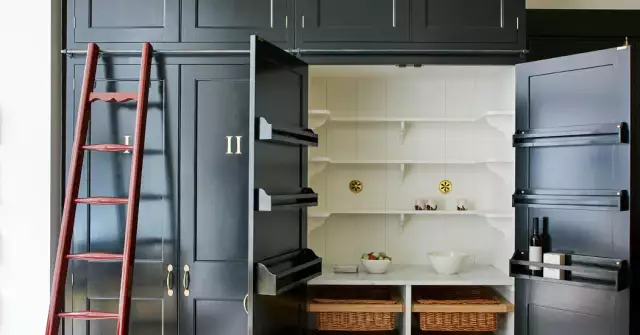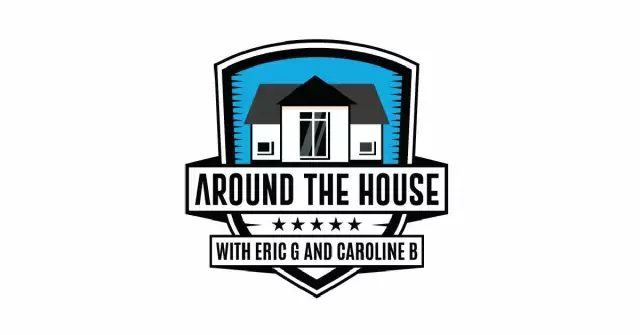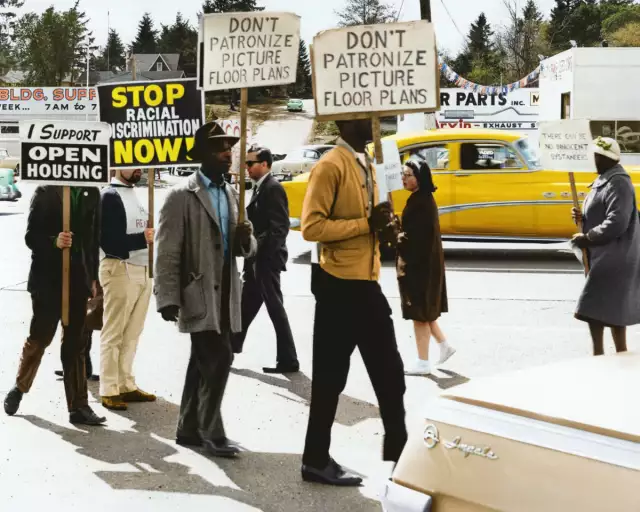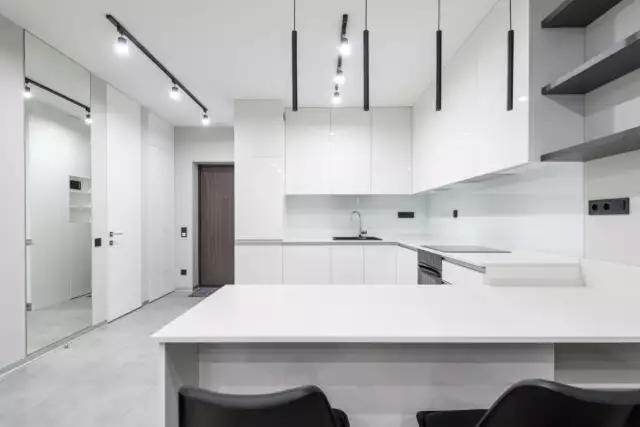What You Should Know Before Choosing Kitchen Cabinets
What You Should Know Before Choosing Kitchen Cabinets
Abstract
Focus on Drawers Start by considering the lower cabinets: Some are made with doors and shelves, but many designers now prefer those outfitted with drawers. If you prefer the look of a door, there's a workaround: Add tray-like pullout drawers inside the cabinet, Ms. Farmer suggested, behind a door that opens on hinges. "Sometimes I'll even have a bottom drawer that pulls out with the door and then place another inner drawer on top." Compared with a door-and-shelf design, she said, "It's always more functional." Choose Upper Cabinets or Shelves Eliminating upper cabinets in favor of open shelving above the counters has been a trend for years. "You want a kitchen to look clean and put-together, not in disarray." Decide Between Full Overlay and Inset Doors One of the defining features of kitchen cabinets is whether they use full-overlay doors and drawer fronts, or inset ones. "Our approach is very traditional and based on Georgian and some Victorian originals that we see in the big old historic houses in the U.K." Some kitchens also have half-overlay doors, where the cabinets have a face frame partially concealed by overlapping doors, but that style has largely fallen out of fashion. In most cases, when Stewart-Schäfer designs kitchens, Ms. Stucker said, "We really like to hide the appliances as much as possible, so the kitchen feels like another communal room and doesn't read so much as a kitchen." To do so, they buy panel-ready appliances, which come with no exterior door but are designed to accept a custom cabinet door. "We just completed one with a sliding door. It's almost like a continuation of the kitchen counter, just behind a door." In one of Ms. Farmer's projects, she installed a cabinet from Plain English that looks similar to a stand-alone armoire.










